
Eagle car cover is often thought of as a simple parking shield, but in a broader view it is one piece of the protection system that keeps your Eagle safe every day: from pulling out of the driveway, stopping in a windy lot, to waiting for roadside help on the shoulder. Little failures never announce themselves, U.S. weather changes by region, and most Eagle vehicles on the road today are a few decades old. A loose terminal, a cracked pane, a punctured tire, or one frosty night can turn a planned trip into a chain of hassles. This guide helps you assemble a compact “rescue kit” for common issues and explains why a proper Eagle car cover is still a must in your trunk, right alongside a wrench set, adjustable wrench, screwdrivers, an emergency tire plug kit, a mini fire extinguisher, a seatbelt cutter and window breaker, a small first aid kit, a tow strap, and a well-fitted car cover for Eagle.
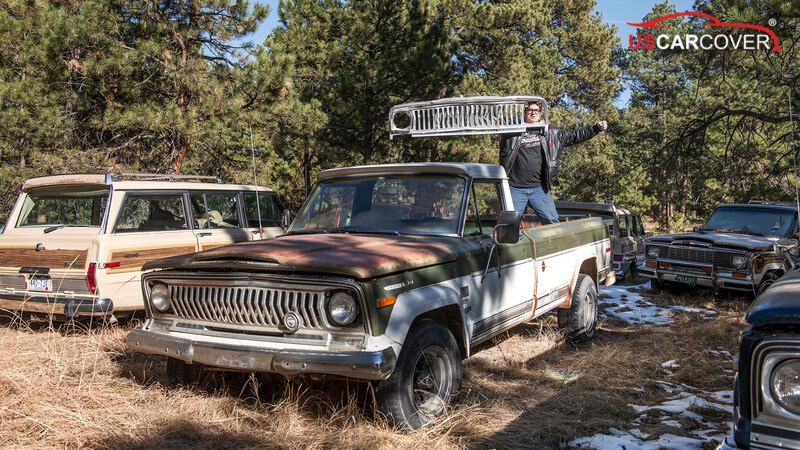
Related Articles: Edsel car cover: Scratch protection and minor bump safety under sun and rain
Why Eagle needs a compact but complete toolkit

Eagle evokes two “eras”: the AMC Eagle AWD wagons of the early 1980s and the Chrysler-era Eagle lineup of the 1990s like Talon, Vision, Summit, and Premier. The common thread is practicality: robust drivetrains, lightweight aero bodies, compact engine bays. Because these cars are light and tidy, plastics, rubber seals, fastener points, and auxiliary electrical parts can be more “sensitive” after years of heat cycles and weather. In Arizona or Nevada, intense sun embrittles plastics and fades interiors. In the Pacific Northwest, persistent humidity encourages musty odors and light mildew. New England brings heavy pollen and tree sap in spring, road salt in winter. The Midwest brings strong winds and small hail. Typical roadside hiccups include nail-in-tire punctures, loose battery clamps, popped plastic clips, under-tightened hose clamps, dirty sensors, or simply long outdoor parking. A small emergency kit plus a quality Eagle car cover lets you solve most problems without waiting on anyone.
Related Articles: Dodge car cover: Ultra durable, compact, lightweight, and designed to dissipate heat
Setup principles: compact, within reach, and on a schedule
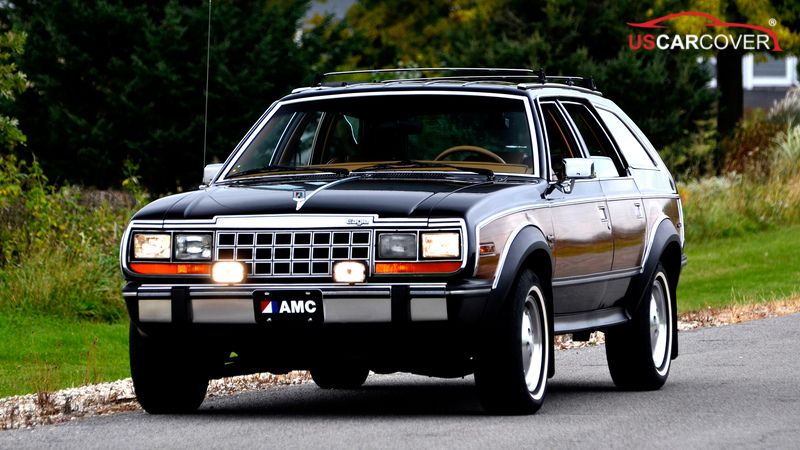
Keep your kit in a soft organizer with dividers, anchored in the trunk so it will not slide under braking. Every three months, open and check: extinguisher pressure, first-aid expiration dates, tire plug kit sealant and plugs, tow strap stitching, and that your car cover is clean, dry, and pre-folded. Practice using each tool in a quiet parking space before you actually need it. Simple mindset: fix the urgent in 3 minutes, wait for help for up to 30 minutes if needed, and preserve the car for 3 hours if you must leave it outdoors.
Wrench set: small, correct sizes that can save a whole trip
Wrenches let you snug battery clamps and hold-downs, hose brackets, washer bottle brackets, or remove small trim shields. For 1990s Eagle models, carry both metric and SAE because some cars mix standards. Useful sizes include 10, 12, 13, 14, 15, 17, 19 mm and 3/8, 7/16, 1/2, 9/16, 5/8 inch. Add a 3/8 inch drive ratchet with short sockets for tight engine bays. Without these, you risk intermittent stalls from a loose battery cable or creeping overheating from a small coolant seep. Solution: snug by feel, recheck after a few miles, and use a cloth under your hand if components are warm.
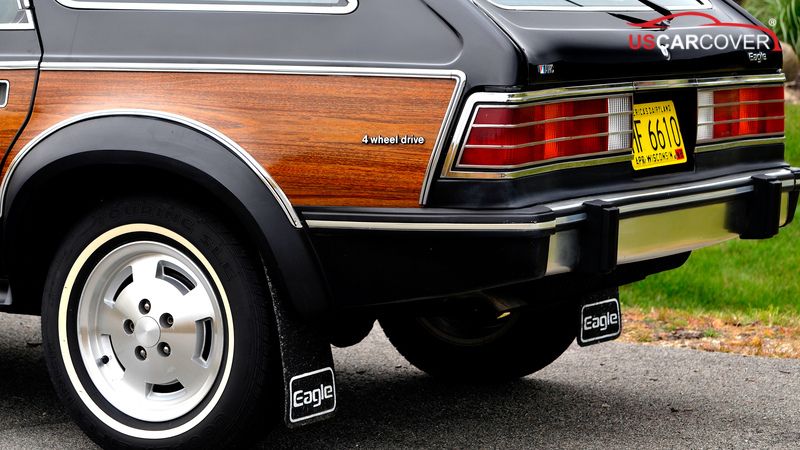
Related Articles: DeTomaso Car Covers - Reduce cabin temperature and which color cover is cleaner while keeping the car cool?
Adjustable wrench: the fallback for odd sizes
An adjustable wrench helps you hold a back nut while tightening with a box wrench or deal with slightly rounded fasteners. Choose compact and medium sizes with tight jaws to avoid rounding. It shines when holding the nut behind a lamp bracket, a hose clamp, or a small support where you do not have the exact box wrench size. Use it by loading the wider jaw face and avoid twisting sideways to prevent slippage.
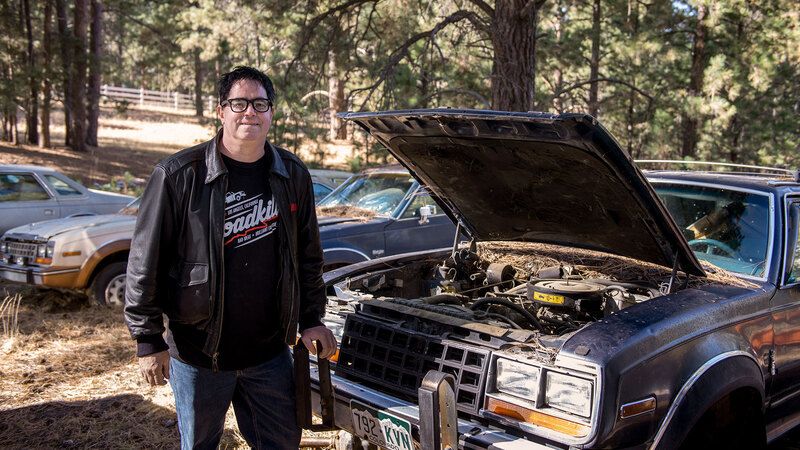
Screwdrivers: Phillips, flat, and a few Torx for 90s interiors
Clips, plastic trim, vents, auxiliary battery posts, and fuse covers all call for screwdrivers. On Eagle Talon, Vision, or Premier, many fasteners are Phillips and some small Torx. Carry at least two Phillips, two flatheads, and a reversible handle with Torx bits T15, T20, T25. Real-world uses: removing the fuse cover, air filter lid, securing rattly trim, and adjusting a loose splash shield.
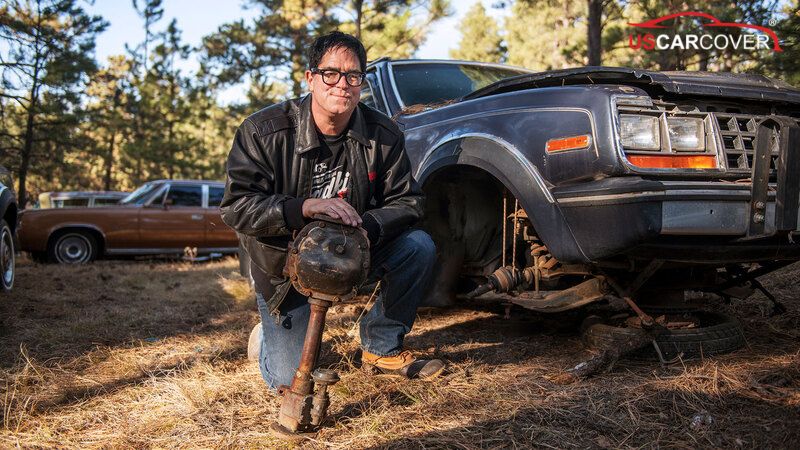
Related Articles: DeSoto car cover: why classic two-tone paint drifts out of balance if you do not cover correctly
Emergency tire plug kit and 12V inflator: fix flats on the spot

Screws and nails are everyone’s enemy. A plug kit includes a rasp, insertion tool, cords, and sealant. A 12V inflator restores correct pressure. If punctured in the tread, stop safely, turn on hazards, chock a wheel, locate the hole, ream, insert the plug, and commit in one smooth push. Do not plug sidewall damage. In snowy states like Wisconsin or Michigan, an inflator lets you adjust PSI when temps plunge. Ignoring this leads to ruined tires, bent wheels, and a tow. Practice at home once so you are confident on the road.
Mini fire extinguisher: a small defense against major trouble
Keep an ABC-rated mini extinguisher under the driver seat or in the trunk with the nozzle accessible. Check the gauge each quarter. Light smoke underhood may be oil on a hot manifold, a small wire chafe, or debris. The extinguisher stops a minor incident from becoming a big one. Never open the radiator cap while hot and avoid spraying electronics unless necessary. Your safety comes first. If a flame grows, back away and call 911.
Seatbelt cutter and spring-loaded window punch: seconds can save lives
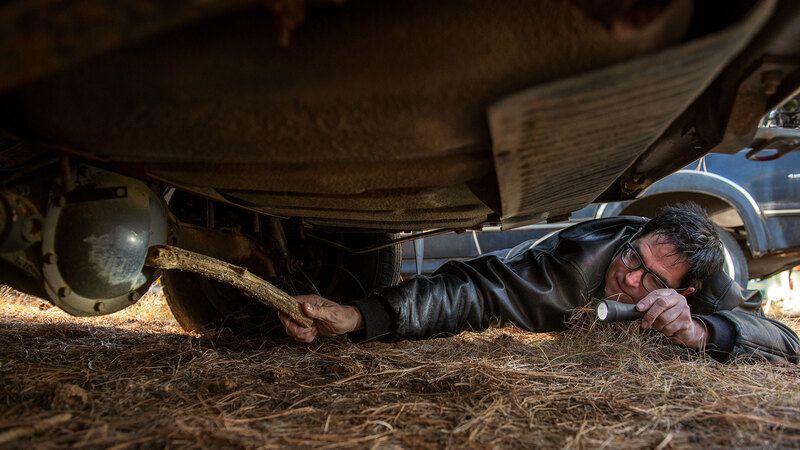
Mount these in the door pocket or on the B-pillar. The recessed blade slices a jammed belt, and the spring punch shatters side glass. Windshields are laminated and tougher; side and rear windows are typically tempered. Use in water immersion, small compartment fires, or lock failures. Rehearse the motions at home so your hands know where to go under stress.
Related Articles: DeLorean car cover: block pollen, tree sap, and bird droppings, quick scratch
Small first aid kit: treat scrapes, heat fatigue, and minor strains
Pack assorted bandages, sterile pads, elastic wrap, nitrile gloves, antiseptic wipes, basic pain relievers, electrolyte tablets, and cooling patches. They help when you change a tire under Texas sun, nick a knuckle, or feel heat fatigue after a long freeway stint. Store cool and track expirations.
Tow strap and recovery line: gentle pulls without frame damage
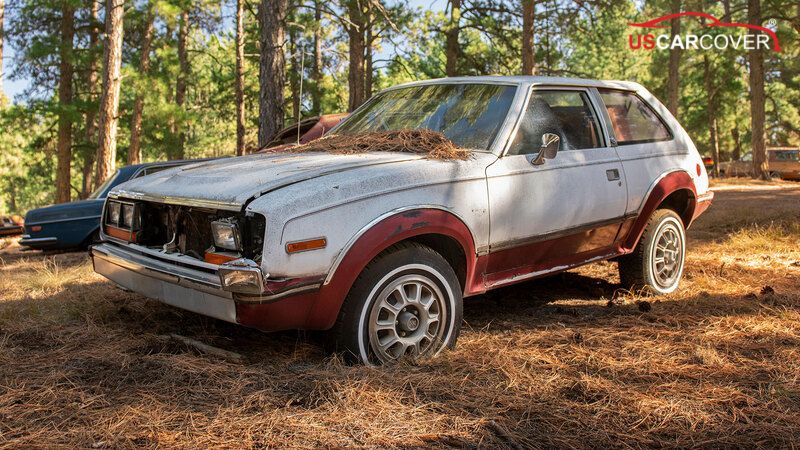
Choose a wide fabric strap or synthetic line with a working load at least equal to your vehicle weight. Use factory tow points, not control arms or plastic bumpers. In the Midwest, sliding onto a grassy shoulder or shallow snow drift is common. A tow strap gets you out quickly. Set a reflective cone behind your car while rigging, and stand clear during pulls to avoid injury if the line snaps.
Related Articles: Daimler car cover: Long-term storage, quick drying, no musty odor, no veneer stains
Car cover: the passive armor for long parking or waiting on help
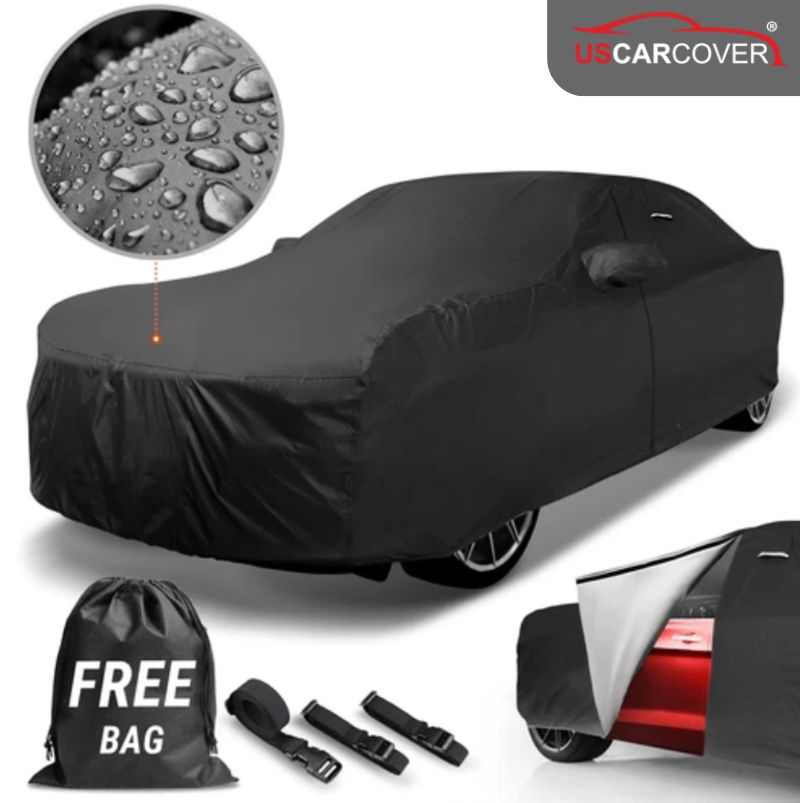
Use an organizer with zipped sections for each group: mechanical, electrical, first aid, fire, and cover. Place heavier items like wrenches, adjustable wrench, and tow strap against the seatback so weight sits near the axle. Fold the Eagle car cover with its liner inward and store it in a breathable bag so it stays clean. Keep the extinguisher within reach. Fix the seatbelt cutter on the B-pillar or driver door pocket. Mount the glass punch near the driver so it cannot roll around.
This is the most overlooked item but it quietly reduces multiple risks. A breathable, UV-resistant Eagle car cover with a soft liner is your peace-of-mind tool when you must leave the car outside at a motel, office lot, or humid garage. In Arizona or inland California, a heat-reflective cover cools the cabin and slows interior aging. In the Pacific Northwest, a breathable fabric lets moisture escape so odors and mildew do not build. New England’s pollen and tree sap call for a low-stick outer surface that shakes clean. On the Gulf Coast, pick a quick-dry fabric, roofed vents, and soft wide tie-downs so wind does not flap the cover against the paint.
When choosing, favor custom-fit patterns for Talon coupes or wagons with roof racks, light-colored antistatic liners, sealed stitching, reinforced grommets, multi-point straps, and a plastic-coated underbody cable lock. Avoid covering when the car is damp, especially the soft top. Before covering, dust off glass and hood, place the front hem at the emblem, smooth along the roofline, set mirror pockets, release the elastic hem, and tension both sides evenly. A true Eagle car cover minimizes micro-scratches, slows fading, hides the interior at night, and discourages curious hands.
Related Articles: How to Protect Datsun from Harsh Sun and UV: keep paint and interior looking new
Maintenance schedule so everything stays ready
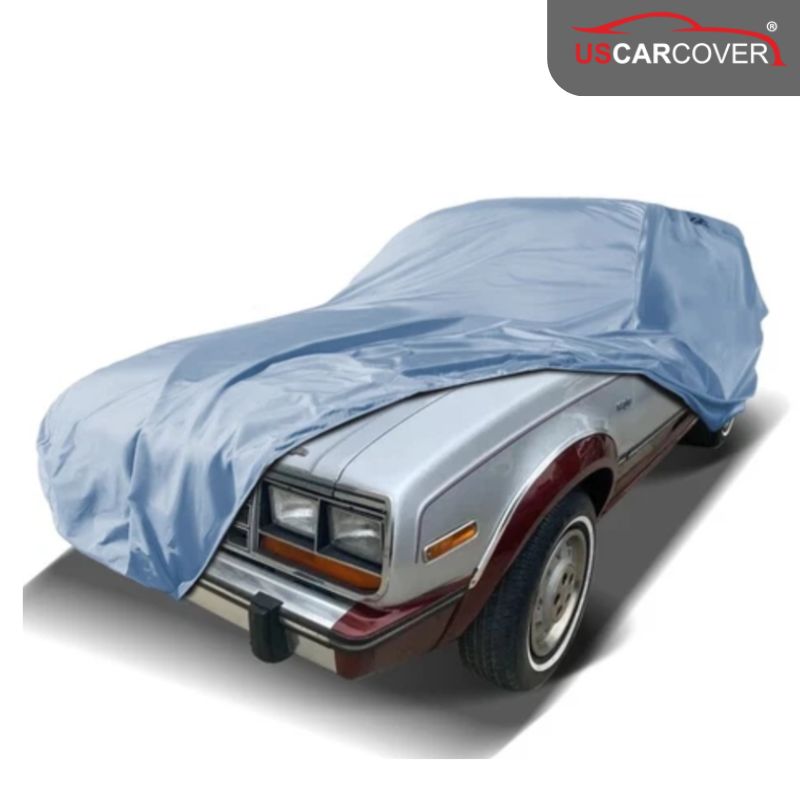
Monthly, open the bag, confirm everything is present, dust off tools, recharge your flashlight, and inspect tow strap hardware. Every three months, wash the Eagle car cover with mild soap, air-dry fully in shade, and lint-roll or lightly vacuum the liner. Every six months, refresh the first-aid kit, replace opened sealant in the plug kit, shake the extinguisher gently to loosen any settling, and check its gauge. Before any long trip, test the 12V inflator for 30 seconds.
Quick pre-drive checklist
- Full wrench set in common metric and SAE sizes plus a 3/8 inch ratchet.
- Tight-jaw adjustable wrench.
- Phillips and flat screwdrivers, plus Torx bits.
- Tire plug kit and 12V inflator.
- Mini ABC fire extinguisher with pressure in the green.
- Seatbelt cutter and spring-loaded glass punch mounted in reach.
- Compact first-aid kit with basics.
- Tow strap rated for your vehicle weight.
- Eagle car cover that is breathable, heat-reflective, soft-lined, custom-fit, with multi-point straps, reinforced grommets, and a plastic-coated cable lock.
Q&A
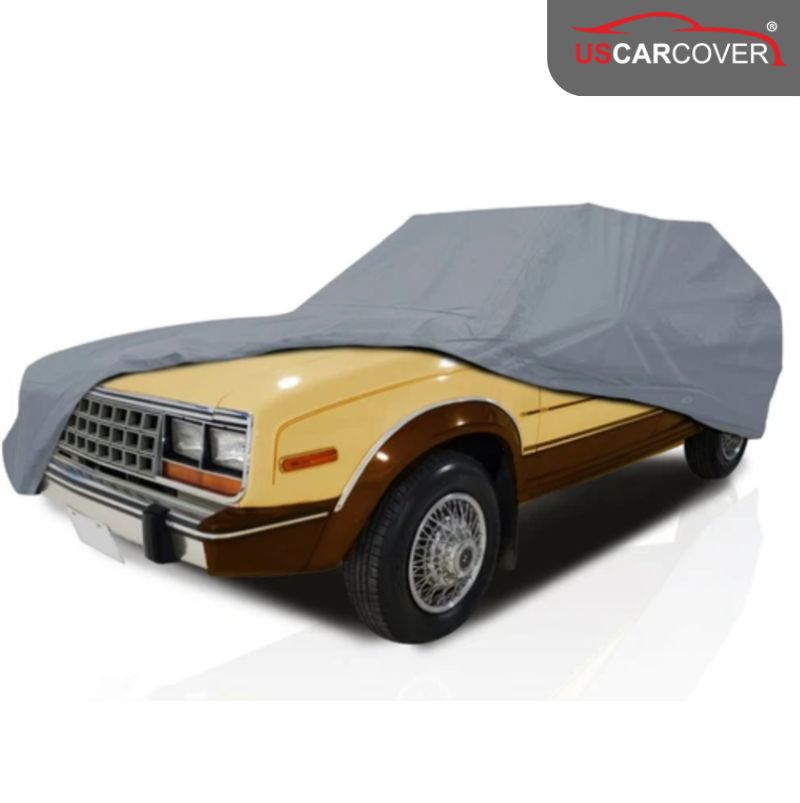
I only drive on weekends. Do I need the full kit:
- Carry a minimum set: plug kit, 12V inflator, extinguisher, first-aid kit, seatbelt cutter, glass punch, and a compact Eagle car cover.
Is a car cover heavy to carry in the trunk:
- A breathable, soft-lined, custom-fit Eagle car cover is typically light. Folded correctly, it is the size of a small sleeping bag.
Do I really need both metric and SAE wrenches:
- For 1990s Eagle models, yes. Some cars mix standards. Carry the common sizes so you are not stuck.
A wrench set, adjustable wrench, screwdrivers, an emergency plug kit, a mini extinguisher, a seatbelt cutter and glass punch, a small first-aid kit, a tow strap, and a quality Eagle car cover form a protective ring around your Eagle. They do not replace scheduled maintenance, but they let you solve problems in minutes, shield the vehicle from weather, and preserve value over time. Prepare once, practice once, and every trip with your Eagle will be lower risk and more enjoyable
